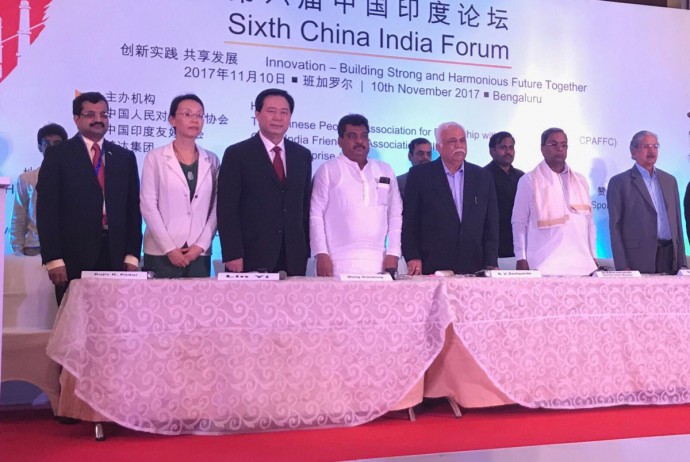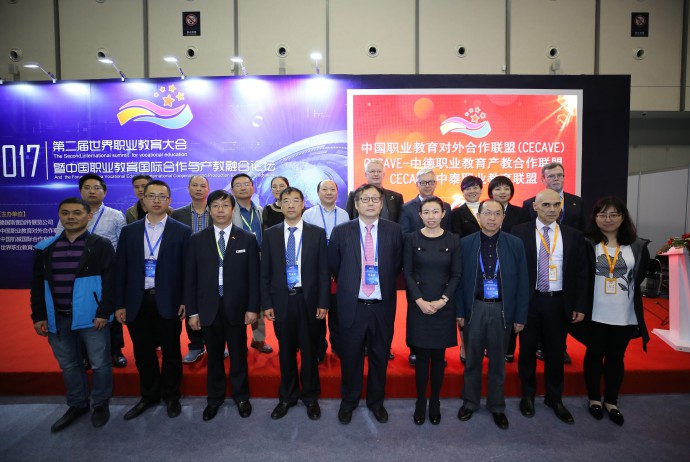Amid rising trade tensions between China and the Trump administration, Chinese officials met with Ohio business leaders in Columbus on Wednesday for a business and policy luncheon.
The Greater Columbus Chinese Chamber of Commerce and JobsOhio organized the meeting, which was held at The Blackwell Inn, to discuss the business relationship between the U.S. and China.
Yumin Zhao, the Acting Consul General in New York, says they’re focused on collaboration in light of the escalating trade war with the U.S.
“The Chinese people did notice there are some differences compared to the past decades with the relationship between China and the United States,” Zhao says. “We do see it as a reflection of the average American people.”
He urged Americans and Chinese people to focus on how they can work together.
“We still think that only by cooperation we can overcome the difficulties. Not setting the barriers or lifting the tariffs and make the flow of people, flow of goods slower,” Zhao says. “That’s not our goal.”
Monica Xia, chair of the Greater Columbus Chinese Chamber of Commerce, says some Ohio businesses look to Hubei, China, for advancement in medicine and biotechnology.
“I think globalization cannot be stopped. I think that’s the message that we want our audience to take away,” Xia says. “Just let’s contribute positively to this globalization trend.”
Hubei, China, and Ohio have been sister provinces for almost 40 years.
Both of Ohio’s U.S. senators, and Gov. John Kasich, have raised concerns about the Trump administration’s trade policies. Ohio’s agricultural industry has been particularly hard hit by Chinese retaliation against soybeans and pork, though Trump has tried to offset some damages to farmers with subsidies.
Ohio exports $4 billion in agricultural goods to China every year.
Image and info source: http://radio.wosu.org/post/chinese-officials-discuss-trade-ohio-business-leaders






